Read, listen and learn some new words.
(Lasi, klausies un mācies jaunos vārdiņus!)
Svarīgi!
Repeat the words from the theme "Animals and Pets (3.-4.klasei)".
- Worms, Leeches
Worm, any of various unrelated invertebrate animals that typically have soft, slender, elongated bodies. The major groups of worms include various species of flatworm, segmented worm, ribbon worm, spiny-headed worm, roundworm, pinworm and others. Worms typically have an elongated, tube-like body, usually rather cylindrical, flattened, or leaflike in shape and often without appendages. They vary in size from less than 1 mm in certain nematodes to more than 30 m in certain ribbon worms. Worms are universal in distribution, occurring in marine, freshwater, and terrestrial habitats. Some types of worms are parasitic, others are free-living. From a human perspective, worms are important as soil conditioners and as parasites of people and domestic animals and of crops. Ecologically, worms form an important link in the food chains in virtually all ecosystems of the world. Leech is a type of segment worm that lives in wet places and fastens itself onto the bodies of humans and animals to feed on their blood.
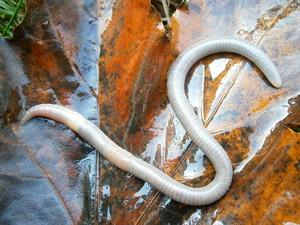
worm — [wɜːm] — tārps
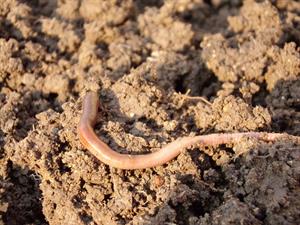
earthworm — [ˈɜːθ.wɜːm] — slieka
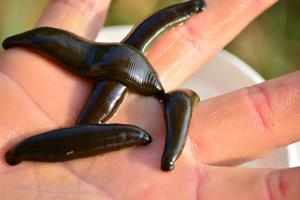
leech — [liːtʃ] — dēle
- Millipedes
Millipedes are small creatures with a long body consisting of many segments, each part having two pairs of legs. The approximately 10,000 species live in and eat decaying plant matter; some injure living plants, and a few are predators and scavengers.
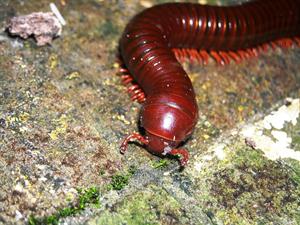
millipede — [ˈmɪl.ɪ.piːd] — daudzkājis
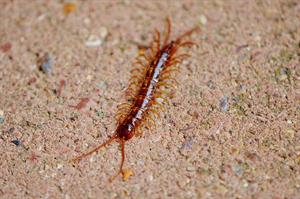
centipede — [ˈsen.tɪ.piːd] — simtkājis
- Spiders
Spider is any of more than 46,700 species that differ from insects in having eight legs rather than six and in having the body divided into two parts rather than three. The use of silk is highly developed among spiders. All spiders are predators, feeding almost entirely on insects. Some spiders are active hunters that chase and overpower their prey. These typically have a well-developed sense of touch or sight. Other spiders instead weave silk snares, or webs, to capture prey. One of the largest spiders are tarantulas.
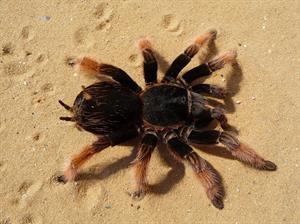
tarantula — [təˈræn.tjə.lə] — putnu zirneklis
- Tick
Tick is a very small, typically 3 to 5 mm long, creature like a spider that lives on and sucks the blood of other animals.
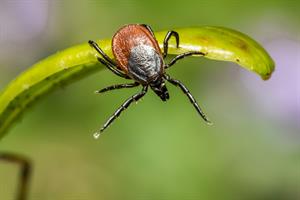
tick — [tɪk] — ērce
- Scorpion
Scorpion is a small creature similar to an insect that lives in hot, dry areas of the world and has a long body and a curved tail with a poisonous sting. There are more than 1,500 species on Earth.
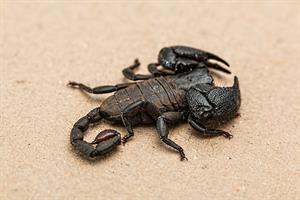
scorpion — [ˈskɔː.pi.ən] — skorpions
Atsauce:
https://www.britannica.com/animal/
https://www.stlzoo.org/animals/abouttheanimals/invertebrates/listallinvertebrates